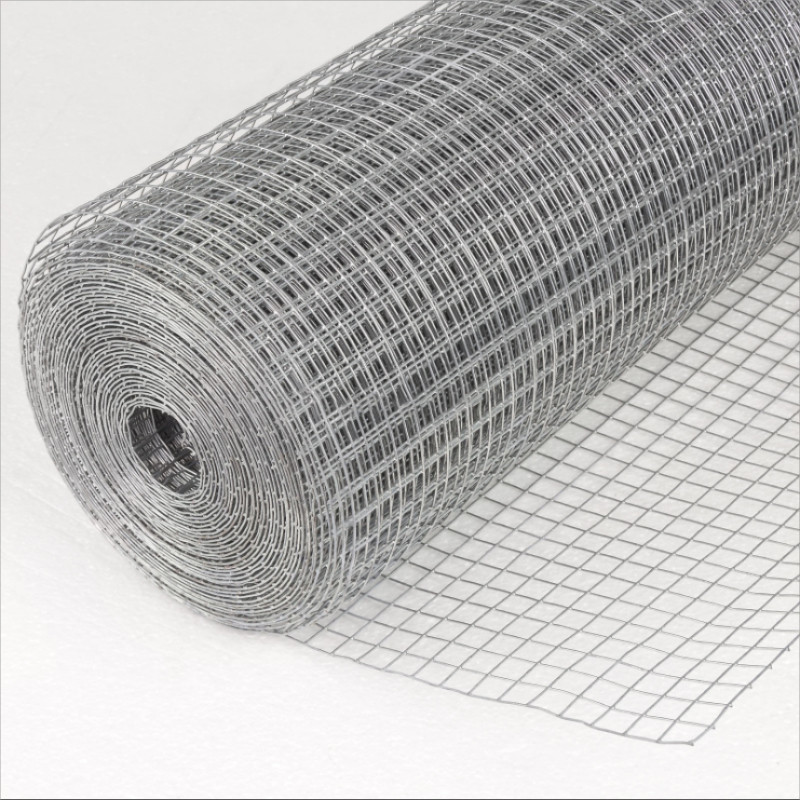Building a Secure Farm Enclosure Using Chicken Wire for Your Fencing Needs and Protection
The Essential Guide to Building a Farm Fence with Chicken Wire
In the world of farming, creating a secure and functional environment for livestock and crops is paramount. One of the most effective and economical solutions for fencing is chicken wire. Although its initial purpose was to contain poultry, chicken wire has proven versatile in various farming applications. This article offers a comprehensive guide on how to build a farm fence using chicken wire, emphasizing its advantages and installation steps.
Understanding Chicken Wire
Chicken wire, made from thin, galvanized steel strands twisted together to form a mesh, is primarily designed to keep chickens in and predators out. Its lightweight nature and relatively low cost make it a popular choice among farmers. Though it may not be the ultimate barrier against all animal invasions, it effectively deters smaller pests such as rabbits and raccoons, while also providing an excellent solution for keeping chickens from wandering into the fields.
Advantages of Using Chicken Wire
1. Cost-Effective Compared to other fencing materials like wood or metal panels, chicken wire is much more affordable, making it an excellent choice for those on a budget. 2. Versatility Chicken wire can be used not just for poultry, but also for enclosing garden beds, creating pet play areas, and safeguarding delicate plants from nibbling creatures.
3. Easy Installation With minimal tools required, chicken wire can be easily installed by anyone, regardless of their level of expertise. This empowers farmers to take charge of their fencing needs without relying on professional help.
Steps to Build a Farm Fence with Chicken Wire
Materials Needed - Chicken wire (appropriate gauge and height) - Fence posts (wood, metal, or PVC) - Zip ties or fencing staples - Hammer and nails or a staple gun - Measuring tape - Wire cutters - Gloves for hand protection
farm fence with chicken wire

Installation Steps
1. Plan the Fence Layout Determine the area you wish to enclose. Use stakes and string to outline the perimeter, ensuring that all corners are squared off.
2. Set Fence Posts Depending on the desired height of your fence, space your fence posts about 6-8 feet apart for stability. Dig holes (at least 2 feet deep) for the posts and secure them in place with concrete or packed soil.
3. Unroll the Chicken Wire Lay the chicken wire along the fence line, making sure it reaches the bottom and overlaps the posts. The wire should be tall enough to deter chickens from jumping over.
4. Attach the Chicken Wire Using a hammer and nails or a staple gun, secure the chicken wire to each post. Use zip ties for additional sturdiness, especially if the fence is subject to high winds.
5. Reinforce the Bottom To deter burrowing animals, extend the chicken wire a few inches underground or bend it outward at the bottom to create a barrier.
6. Finishing Touches Trim any excess wire with wire cutters, ensuring there are no sharp edges left exposed. Optionally, paint or treat the posts for weather protection and improved aesthetics.
Conclusion
Building a farm fence with chicken wire is a practical solution that combines affordability and effectiveness. By providing a safe enclosure for poultry and a protective barrier for crops, chicken wire fencing allows farmers to maintain a healthy and thriving agricultural environment. With the right materials and a bit of elbow grease, anyone can construct a reliable fence that will serve their farming needs for years to come. So gather your tools, and get ready to establish a secure boundary for your farm today!
-
Space-Saving Chain Fence Hacks Vertical Gardening with Cyclone MeshNewsJul.16,2025
-
Innovations in Iron Nail Wire Production for Modern ConstructionNewsJul.16,2025
-
Creative Uses of Wire Netting Fence in Modern Landscape DesignNewsJul.16,2025
-
Barbed Wire Fence Innovations in Anti-Climb TechnologyNewsJul.16,2025
-
Architectural Uses of Umbrella Nails for Aesthetic Roof DesignsNewsJul.16,2025
-
Architectural Uses of Razor Barbed Wire in Secure Urban DesignNewsJul.16,2025




